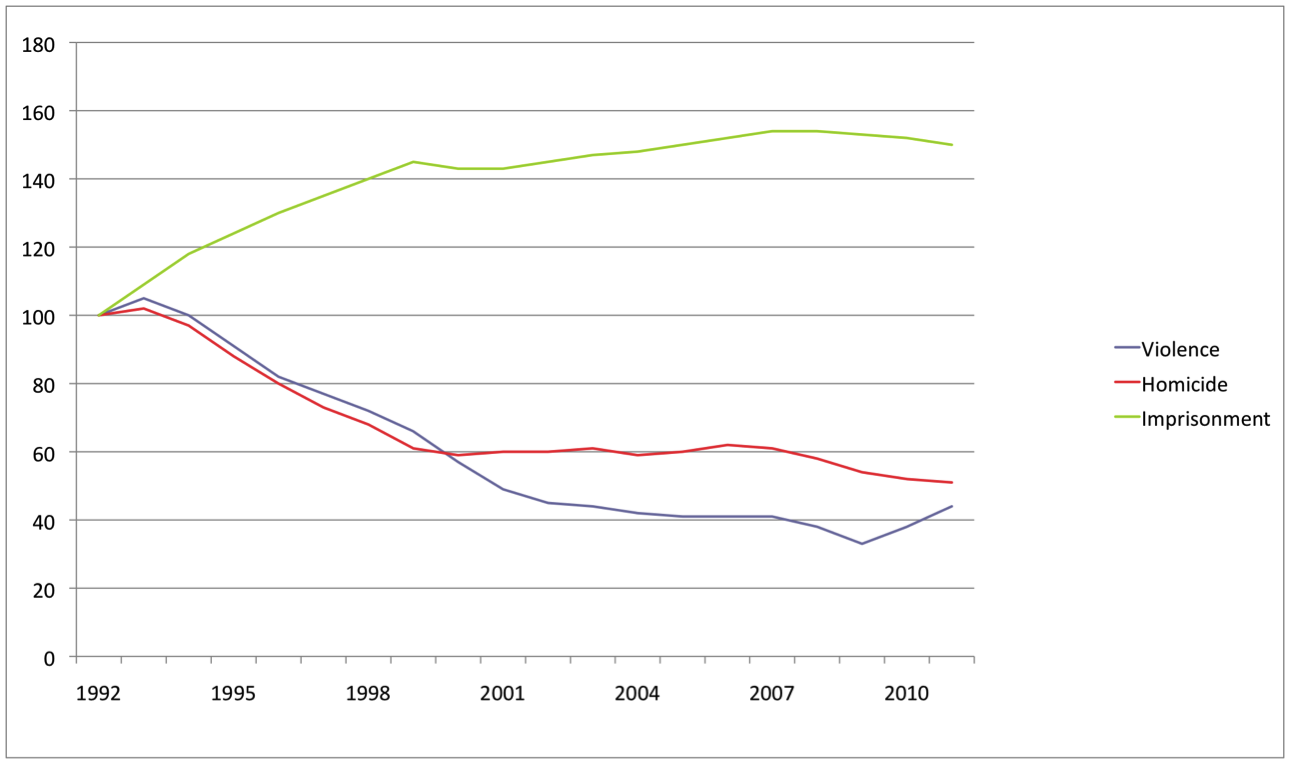Milwaukee: Still the Smallest Metropolitan Area with a Major League Baseball Team
According to recently released United States Census Bureau statistics, Milwaukee, with an estimated 2012 population of 1.57 million, remains the smallest “Metropolitan Statistical Area” (MSA) in the United States that is home to a major league baseball team.
Milwaukee is the only MSA with a major league team and a population of less than 2 million people. Closest in size to Milwaukee among MSA’s with major league teams are Kansas City (2.04m); Cleveland (2.06m); Cincinnati (2.13m); and Pittsburgh (2.36m). These five are the true “small-market teams,” as every other franchise is located in an MSA of at least 2.7 million people.
More problematic for the long-term status of the Brewers in Milwaukee is the fact that Milwaukee is now only the 39th largest MSA (and that doesn’t count Puerto Rico or Canada). In other words, 14 MSAs in the United States now have populations greater than Milwaukee, and these are: Riverside, CA. (4.35m); Charlotte, NC (2.30m); Portland, OR (2.29m); San Antonio, TX (2.23m); Orlando, FL (2.22m); Sacramento, CA (2.20m); Las Vegas, NV (2.00m); Columbus, OH (1.94m); Indianapolis, IN (1.93m); San Jose, CA (1.89m); Austin, TX (1.83m); Nashville, TN (1.73m); Norfolk-Virginia Beach, VA (1.70m); and Providence, RI (1.60m).
In regard to NBA cities, Milwaukee’s MSA is slightly higher than that of Memphis, TN (1.34m); Oklahoma City, OK (1.30m); and New Orleans, LA (1.23m).
Milwaukee’s problem is not that the metropolitan area is losing population, but its population is not growing as fast as those of other MSA’s. Comparisons with previous totals for 1990 and 2000 are slightly complicated by the fact that Kenosha County, Wisconsin, was counted as part of the Milwaukee MSA in 1990 and 2000, but as part of the Chicago MSA in 2010. However, even if the Kenosha population for 2012 is added to the Milwaukee MSA, the population is still only 1.73 million. With Kenosha, Milwaukee would still be the smallest MSA with a major league team, and it would rank 36th, rather than 39th, among MSA’s in the fifty states and the District of Columbia. However, with Kenosha, Milwaukee would still be larger than Nashville, Norfolk, and Providence.
In 1990, the Milwaukee MSA (with Kenosha) had a population of 1.61 million, which made it the 24th largest MSA and was slightly larger than Kansas City which was then the smallest metropolitan area with a major league baseball team. In 2000, its population was 1.69 million, but it had dropped to 26th place among MSA’s, now behind Kansas City. However, in 2000, the only larger MSA’s without major league baseball teams were Washington, D. C. (the Nationals were still the Montreal Expos); Portland, and Sacramento.
Fortunately, the Brewers are the best drawing team in Major League baseball, relative to the size of their metropolitan area. In 2012, three major league teams drew more fans than the population of their metropolitan areas. To do that is a major accomplishment in any era. The attendance of two of the three, Cincinnati and St. Louis, exceeded their MSA population by 10% and 16%, respectively. However, in Milwaukee it exceeded the population an extraordinary 80%.
As long as Brewer fans turn out to the ballpark at this phenomenal rate (and watch the games on cable TV with corresponding enthusiasm), the Brewers are probably secure in Milwaukee. But the demographic changes occurring in the United States are providing no reason for long term optimism among baseball fans in Brew City.


